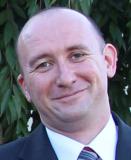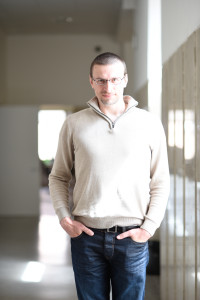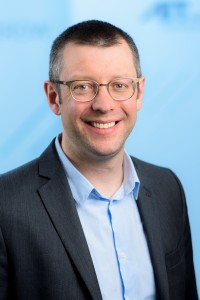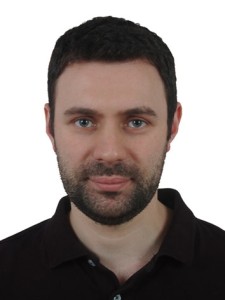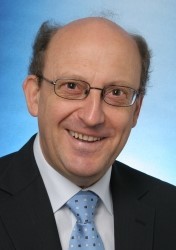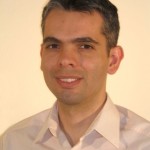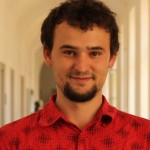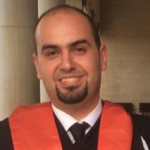Prof. Tõnis Mets | April 24, 2018 | 10 am | K.0.01
Abstract
Estonia has enjoyed success stories in ICT implementation in a broad field of public and private sectors for last 15-20 years. The key event for that development was the launching of the Tiger Leap program in Estonian schools, 1996. The program fully equipped schools with computers and Internet access and other ICT services. Computer science classes were provided in 84% of schools in the following eight years. Since 2014 World Economic Forum considered Estonia among innovation-driven knowledge-based societies, and some years later – being hidden entrepreneurship champion in Europe. Besides, Estonia has become one of the developed start-up ecosystems where young ICT companies are booming.
These events mentioned above refer to the successful combination of educational and entrepreneurial ecosystems in Estonia. The presentation aims to disclose the role of ICT start-ups as the engine of the innovation-driven development in a small society. Case studies analyse the entrepreneurial process and journey of ICT start-ups suggesting dynamic stage model approach. This approach discloses complexity of the entrepreneurial journey from opportunity recognition to venture launch. Findings of studies show growing importance of digital technology, ICT start-ups and the entrepreneurial ecosystem in the welfare of Estonian citizens.
Bio
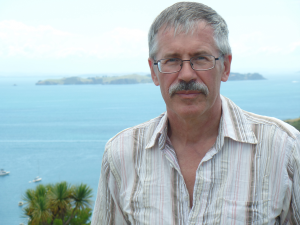 Tõnis Mets is Professor of Entrepreneurship at the University of Tartu in Estonia. He was Marie Curie Research Fellow at the Australian Centre for Entrepreneurship Research at the Queensland University of Technology in Brisbane, Australia 2014-2016. Also, Professor Mets is a founder of five companies, sold three of them. He has worked as a management consultant in his company (ALO OÜ), and as an entrepreneur, engineer, and manager in various high-tech companies in Estonia. Tõnis graduated from the Tallinn University of Technology. He also holds a Ph.D. in Technical Sciences from St Petersburg Agrarian University. Professor Mets is author and co-author of 15 patents, and more than 50 chapters and articles with international publishers. His main research interests are in the fields of (technology) entrepreneurship, intellectual property, and knowledge and innovation management.
Tõnis Mets is Professor of Entrepreneurship at the University of Tartu in Estonia. He was Marie Curie Research Fellow at the Australian Centre for Entrepreneurship Research at the Queensland University of Technology in Brisbane, Australia 2014-2016. Also, Professor Mets is a founder of five companies, sold three of them. He has worked as a management consultant in his company (ALO OÜ), and as an entrepreneur, engineer, and manager in various high-tech companies in Estonia. Tõnis graduated from the Tallinn University of Technology. He also holds a Ph.D. in Technical Sciences from St Petersburg Agrarian University. Professor Mets is author and co-author of 15 patents, and more than 50 chapters and articles with international publishers. His main research interests are in the fields of (technology) entrepreneurship, intellectual property, and knowledge and innovation management.

